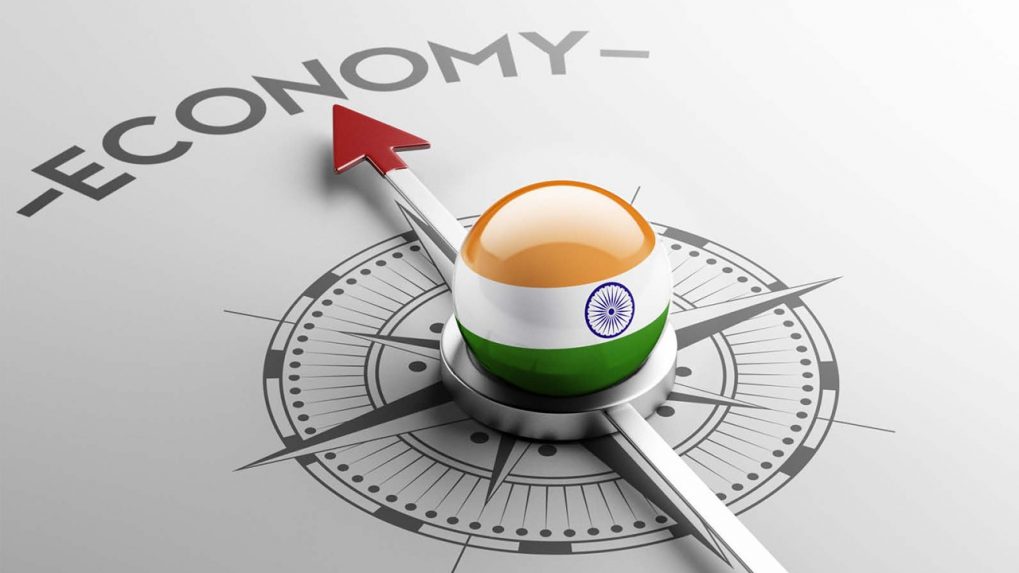- Courses
- GS Full Course 1 Year
- GS Full Course 2 Year
- GS Full Course 3 Year
- GS Full Course Till Selection
- Answer Alpha: Mains 2025 Mentorship
- MEP (Mains Enrichment Programme) Data, Facts
- Essay Target – 150+ Marks
- Online Program
- GS Recorded Course
- Polity
- Geography
- Economy
- Ancient, Medieval and Art & Culture AMAC
- Modern India, Post Independence & World History
- Environment
- Governance
- Science & Technology
- International Relations and Internal Security
- Disaster Management
- Ethics
- NCERT Current Affairs
- Indian Society and Social Issue
- NCERT- Science and Technology
- NCERT - Geography
- NCERT - Ancient History
- NCERT- World History
- NCERT Modern History
- CSAT
- 5 LAYERED ARJUNA Mentorship
- Public Administration Optional
- ABOUT US
- OUR TOPPERS
- TEST SERIES
- FREE STUDY MATERIAL
- VIDEOS
- CONTACT US
World Heritage Day 2024
World Heritage Day 2024
18-04-2024

- Observed on: 18th April every year.
- World Heritage Day, known as International Day for Monuments and Sites.
- To honour and safeguard our cultural heritage.
- Theme: ‘Discover and Experience Diversity’.
- History:
- The International Council on Monuments and Sites (ICOMOS) created World Heritage Day, also known as the International Day for Monuments and Sites, in 1982.
- During its 22nd General Meeting in 1983, the United Nations Educational, Scientific and Cultural Organization approved the date.
- Significance:
- To raise awareness among local communities about protecting our cultural heritage.
- People from different places and backgrounds come together and exchange knowledge about their history and customs.
- Furthermore, ICOMOS celebrates this day by working with UNESCO around the world, attracting tourists and history lovers to such events.
- Some Heritage sites in India:
- Taj Mahal: The monument, which was built in Agra between 1631 and 1648 by Mughal emperor Shah Jahan.
- Ajanta Caves: The first and second century B.C. saw the creation of the oldest Buddhist cave structures at Ajanta.
- Khajuraho: The Chandela dynasty ruled over Khajuraho between 950 and 1050 when the temples were built.
- Jaipur City: Jaipur, founded by Sawai Jai Singh II in 1727, is renowned for its distinctive urban design that draws inspiration from Vedic architecture.
- Hampi: The Vijayanagara Empire's last capital was Hampi. Ancient travelers were in awe of the splendid temples and palaces built by the rich emperors.
Must Check: Best IAS Coaching In Delhi



